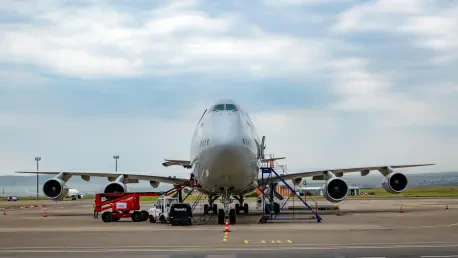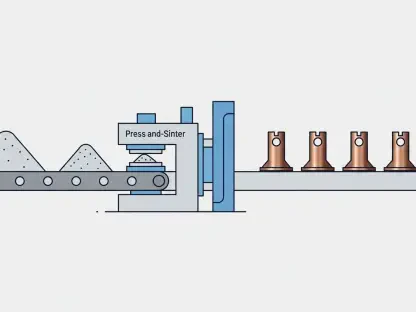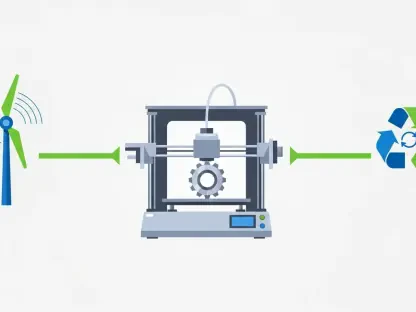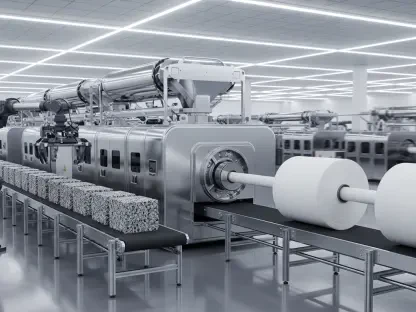Today, we’re thrilled to sit down with Kwame Zaire, a renowned manufacturing expert with a deep focus on electronics, equipment, and production management. With his extensive background in predictive maintenance, quality assurance, and safety protocols, Kwame offers a unique perspective on the aviation industry’s latest developments. In this conversation, we dive into the recent FAA approval for Boeing to increase production of the 737 MAX, exploring what this means for the company’s operations, safety standards, financial recovery, and evolving relationship with regulators. We also touch on the historical challenges faced by the 737 MAX program and how Boeing is working to rebuild trust after past incidents.
Can you walk us through what the FAA’s recent approval to increase 737 MAX production means for Boeing and its future?
Absolutely. The FAA’s decision to allow Boeing to ramp up production from 38 to 42 planes per month is a significant milestone. It signals a vote of confidence in Boeing’s ability to maintain safety and quality while scaling operations. This uptick, though modest, can have a substantial impact on their output, helping them meet demand more effectively. More importantly, it reflects a strengthening relationship with regulators after years of scrutiny. It shows that Boeing has made strides in addressing past concerns and aligning with the FAA’s stringent safety expectations.
How does this production increase affect Boeing’s day-to-day operations?
Moving to 42 planes per month requires a careful recalibration of their manufacturing processes. It means optimizing assembly lines, ensuring workforce readiness, and coordinating with suppliers to avoid bottlenecks. There’s also a heightened focus on maintaining quality control at this higher pace. Boeing can’t afford any missteps, so they’re likely fine-tuning their production schedules and resource allocation to handle the increased output without compromising safety or efficiency.
What specific measures did the FAA take to ensure safety during this production ramp-up?
The FAA conducted what they described as “extensive reviews” of Boeing’s production lines before greenlighting this increase. This likely involved in-depth audits of manufacturing processes, inspections of critical systems, and evaluations of quality assurance protocols. They’ve also maintained direct oversight, with safety inspectors actively monitoring Boeing’s operations. Even with external challenges like the government shutdown, the FAA has ensured that essential personnel remain on the job to keep safety as the top priority.
Boeing has faced financial challenges for several years now. How does this production boost play into their efforts to recover?
Boeing’s financial struggles, with losses reported for the last six years, are closely tied to their production and delivery rates. Aircraft deliveries are a major revenue driver—each plane handed over to a customer brings in significant cash flow. Increasing production to 42 units per month allows Boeing to deliver more planes, which could help stabilize their finances. It’s not a complete fix, but it’s a step toward reducing losses and rebuilding investor confidence, provided they manage the ramp-up effectively.
Looking back at the troubled history of the 737 MAX with the tragic crashes in 2018 and 2019, how does this approval reflect progress since then?
The 737 MAX program has been through a long and painful journey since those crashes, which led to a nearly two-year grounding. Since the FAA allowed the aircraft to return to service in 2020, Boeing has implemented extensive design fixes, enhanced pilot training programs, and overhauled their internal safety culture. This approval to increase production is a clear sign that regulators believe Boeing has made substantial improvements. It also shows a shift in the dynamic between Boeing and the FAA, moving away from the criticism of being too close and toward a more rigorous, transparent oversight model.
There was a concerning incident in early 2024 with an Alaska Airlines flight involving a window panel blowout. How has that event influenced public trust and Boeing’s approach to safety?
That incident was a stark reminder of the stakes involved with the 737 MAX. It understandably rattled public confidence and raised questions about whether all issues had truly been resolved. In response, Boeing and the FAA intensified their focus on quality control during production. There were likely additional safety checks and possibly even design reviews to address the specific failure. Boeing has been working to reassure airlines and passengers by emphasizing transparency, sharing performance metrics with regulators, and committing to fix any identified issues promptly to prevent similar incidents.
Boeing mentioned working with suppliers in a “disciplined manner” to support this production increase. Can you explain what that approach might look like?
When Boeing talks about a “disciplined manner,” they’re referring to a structured, methodical process to scale up production without overextending their supply chain. This means close collaboration with suppliers to ensure they can meet the increased demand for parts and components without delays or quality lapses. It likely involves setting clear timelines, conducting regular assessments, and building in buffers to handle potential disruptions. The goal is to avoid rushing the process, keeping safety and quality at the forefront while gradually increasing output.
What is your forecast for Boeing’s journey with the 737 MAX in the coming years?
I think Boeing is on a path of cautious recovery with the 737 MAX, but it’s not without challenges. If they can sustain this production increase while maintaining safety and quality, they’ll likely regain more trust from regulators, airlines, and the public. Financially, higher delivery rates should help ease their losses, but they’ll need to keep a tight grip on costs and avoid any new setbacks. The aviation industry is watching closely, and I believe the next few years will be pivotal in determining whether Boeing can fully restore the MAX’s reputation and solidify their position in the market.









